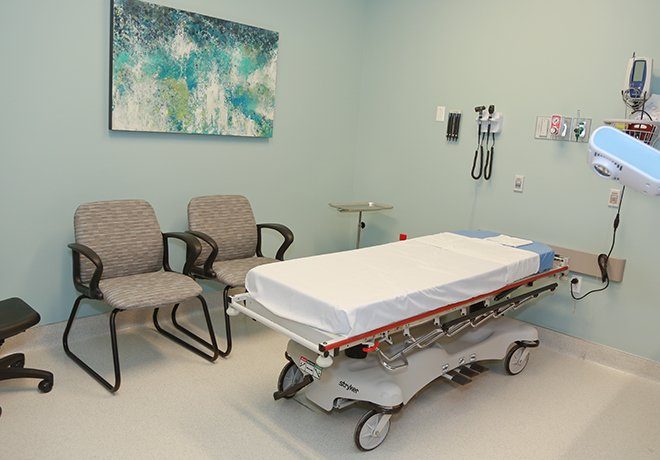Freestanding ERs vs. Emergency Rooms

Freestanding ERs are saving Texas’ Health. There are a lot of myths going around about Freestanding ERs. This video helps set the record straight on the myths and facts of freestanding emergency rooms.
TEXAS HEALTH CARE STATUTES
The Texas Department of Insurance Code, Section 1301.155 on Emergency Care requires that insurance companies pay emergency facilities “at the insured’s in-network benefit level” for all services.
Additionally, the Patient Protection and Affordable Care Act added numerous patient protections that require health plans covering emergency services to provide such coverage without need for prior authorization, regardless of the participating status of the provider, at the in-network level.
The “prudent layperson” standard is a generally accepted principle in the healthcare industry that applies to emergency medical care. This standard was created to protect consumers from high medical costs that arise from emergency situations, allowing them to be charged at in-network rates. However, insurance companies have been reluctant to apply this standard for care issued at freestanding emergency centers (FECs).
By not providing usual and customary reimbursement rates, insurance providers violate the intent of the medical community and legislators who turned the prudent layperson standard into law. Furthermore, health plans are required to pay for emergency visits for medical situations in which a person believes his or her health is threatened.
The final medical diagnosis should not influence whether the insurer pays for the emergency room visit, and insurers cannot legally apply the claim towards the out-of-network benefits.


